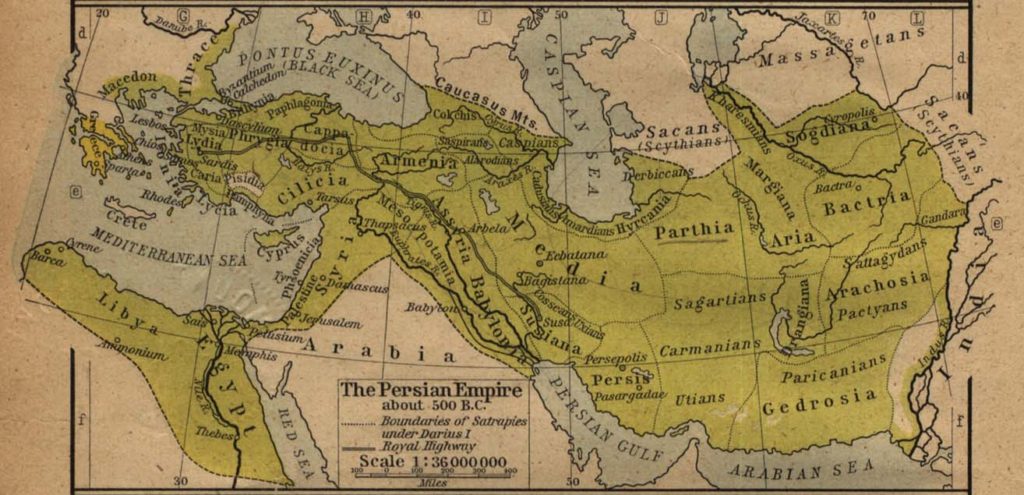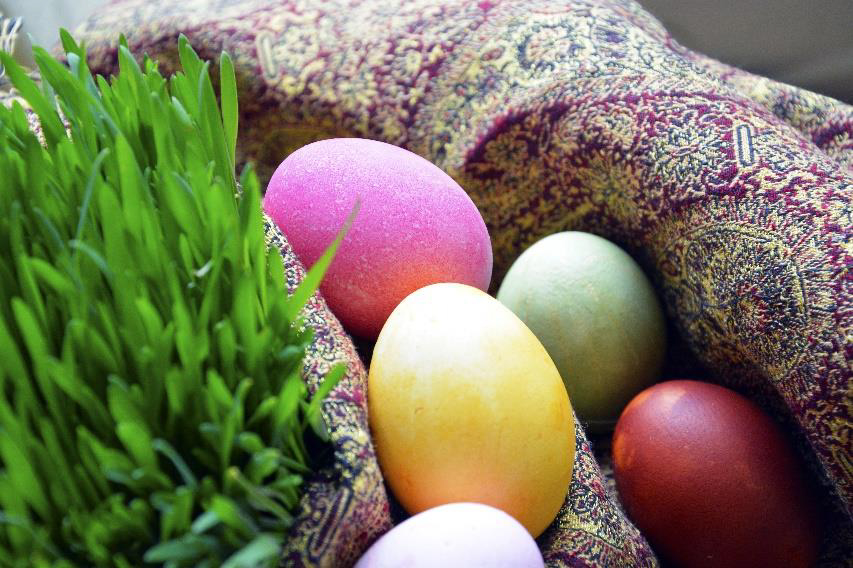Like any other place in the world, celebrating New Year in Iran has its own rituals. Since ancient times Iranians have celebrated Nowruz ([noˈɾuːz], literally means New Day in Farsi) on the first day of spring. Iranian calendar considers the vernal equinox (21 March of the Georgian Calendar) as the start of the new year and it is celebrated widely not only by Iranians but also by many groups of people in the Black Sea basin, the Balkans, the Caucasus, Western Asia, central and southern Asia.
Persian Calendar is known as the world’s most accurate calendar and since 3rd millennium BC, New Year in Iran has been celebrated through its specific customs as the country’s most important holiday.
Nowruz is the time of the year to be spent with the family. Like any other celebration that food plays an important role in it, in the last night of the year Iranian family members gather around the serving table to have a feast together, consisting of Rice with Favas and Dill and Stuffed Fish, called “Sabzi Polo ba Mahi” in Farsi.
Then comes “Haft-Seen” (literally translated as Seven-S’s) which is the most important ritual. At time of vernal equinox, all family members are already gathered around the traditional table set to welcome the New Year and the essence of spring. It consists of seven items that in Farsi begin with /s/:
- Sabzeh (Lentil sprouts grown in a dish, symbolizing rebirth)
- Samanu (Sweet pudding made from wheat, symbolizing affluence)
- Senjed (Dried Oleaster, symbolizing love)
- Seer (Garlic, symbolizing medicine)
- Seeb (Apple, symbolizing health and beauty)
- Somaq (Sumac, symbolizing the color of the sunrise)
- Serkeh (Vinegar, symbolizing age and patience)
“Haft-Seen,” is also sometimes decorated by eggs for good luck and fertility. There may also be a goldfish in a bowl to represent new beginnings and a mirror, to always look at your reflection.
The first day of spring is just the beginning of a twelve-day holidays which is all about family reunion. When each family goes visit the elders of their family and friends. As a manner of respect, the youngers visit the elders first, and the elders return their visit later. The visits naturally have to be relatively short, otherwise one will not be able to visit everybody on their list. It is also common that elderly parents or grandparents give a present to youngsters. (Traditionally this present is money which is offered in a Holy Book)
On the thirteenth day, it is a custom that families leave their homes and picnic in a park or countryside. It is believed that joy and laughter clean the mind from all evil thoughts, and a picnic is usually a festive, happy event. At the end of the picnic day families throw away the ”Sabzeh” (from the Haft-seen) which symbolically, is supposed to have collected all the sickness, pain and ill fate hiding on the path of the family throughout the coming year and throwing it away represents getting rid of them.
After 12 days of celebration, the 13th day marks the beginning of the return to ordinary daily life.

Malakeh Zavoshi, is an Iranian traveller who volunteered in the Old Town Backpackers Hostel of Tallinn during 2017. She’s been a guide in Teheran since 2009.
